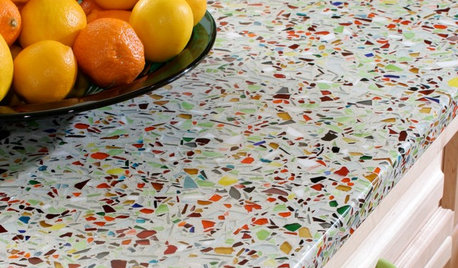DX Geo
fabmaster
17 years ago
Related Stories

KITCHEN DESIGNKitchen Counters: Sturdy, Striking Recycled Glass With Cement
Ecofriendly and full of character, this heat- and scratch-resistant material is a great fit for custom kitchen counters
Full StoryMore Discussions








bob_brown
fsq4cw
Related Professionals
East Lake Solar Energy Systems · Imperial Beach Solar Energy Systems · North Tustin Solar Energy Systems · Yucca Valley Solar Energy Systems · Mill Valley Solar Energy Systems · Easton Solar Energy Systems · San Jose Home Automation & Home Media · Stamford Home Automation & Home Media · Woodlawn Home Automation & Home Media · Walnut Creek Home Automation & Home Media · Hockessin Fireplaces · Leander Fireplaces · Simi Valley Fireplaces · South Lake Tahoe Fireplaces · Atascocita FireplacesfabmasterOriginal Author
marknmt
fsq4cw
marknmt
fabmasterOriginal Author
fsq4cw
bobdove
fsq4cw
bobdove
fsq4cw
fabmasterOriginal Author
fsq4cw